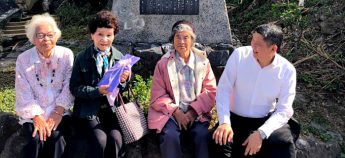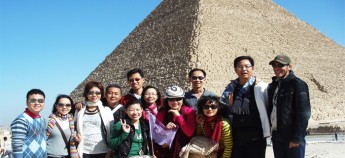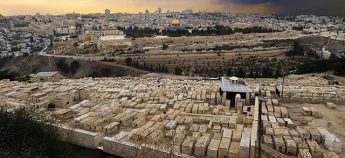History in a villa – by leesan
Photo by KM Tan
An old mansion in china’s Jiangxi Province has hosted some of asia’s biggest historical figures, including chiang Kai-Shek, Soong Mei-Ling and Mao Zedong.
MEILU Villa in Lushan, Jiangxi Province, China, is a Western architectural edifice that has witnessed some iconic developments in the country. The villa features the office and living quarters of former Taiwan president Chiang Kai-shek and his wife Soong Mei-ling during their 15 years there. It displays some items that the couple once used, including a carbon dioxide refrigerator and an American made piano. Their bedroom, meanwhile, is preserved in its original condition with the couple’s old pictures hung on the wall. All these would transport visitors back to the bygone era. The mystical ambience of Meilu Villa gives one the feeling that this whole place used to be a very unusual place lived in by truly unusual people. An illustration of chronological events on display here is particularly eye-catching, showing that Meilu Villa once played host to two of the greatest men in recent Chinese history – Chiang Kai- shek and his communist rival, Mao Zedong.
Chiang had stayed here on several occasions between 1933 and 1948, while Mao stayed here twice, in 1959 and 1961. Who knows, these two sworn rivals might have slept on the same bed in the villa!
Of course, to learn about these things, you must first head to Lushan Resort for a visit. Lushan is more than just a summer retreat, though, as it is actually a place of great historical and cultural significance. But it also appears that putting up a night here would better prepare one for any upcoming duel…Many famous people have stayed here before, probably because of the breathtaking scenery and pristine mountain air. This makes the villa a destination that history buffs like to visit. Jiang Qing or Madam Mao Zedong stayed here twice in 1961 and 1970, while other Chinese dignitaries and celebrities including Chen Yi, He Long, Lin Biao, Hu Yaobang, Guo Moruo, and the 10th Panchen Lama also stayed for brief periods. Meilu Villa has hosted Chinese leaders such as Jiang Jemin, Zhu Rongji, Li Ruihuan, and the 11th Panchen Lama, in more recent years. And now, sitting in a rocking chair in the villa’s courtyard, I could almost hear General Chiang calling out affectionately to his wife Mei-Ling…The 121-year-old Meilu Villa was constructed in 1903 by an Englishman called Lord Lannoze, and ownership of the property was later transferred to somebody who was simply known as “Mrs Bali”. In 1934, Mrs Bali presented it as a gift to her friend, Soong. Since then, this historical mansion became an important landmark, especially where politics is concerned. With the historical developments and anecdotes surrounding Meilu Villa, it seems that the fame of Lushan has far surpassed that of Jiangxi Province.
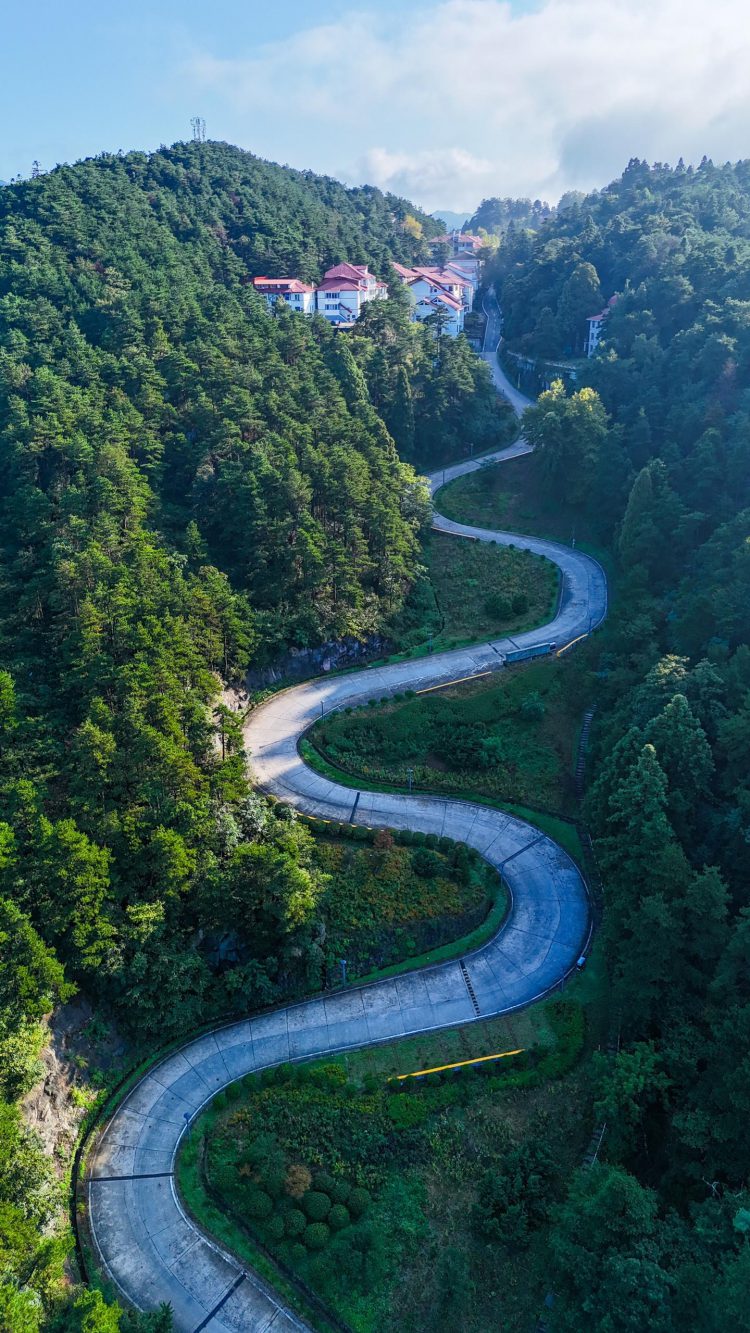
It takes 40 minutes to drive through this serpentine road up to Lushan resort from the visitor centre. — Photos: K.M. tan

The writer and his travel buddies at Mount Sanqingshan National Park, which has 48 towering granite peaks and 89 pillars that resemble human and animal forms. — Photos: K.M. Tan
Lushan is well known for its majestic mountain vistas, the gauzy cloud forest and ever-changing invigorating views, especially the sea of clouds, waterfall and crystal clear creeks. Lushan has historically wooed countless Chinese writers, poets and religious leaders since time immemorial, including Bai Juyi, Su Shi and Li Bai, whose poems were inspired by its beauty.
Additionally, Jiangxi Province is also home to another Unesco listed religious site called Sanqing Mountain, known for its spectacular beauty, cloud forest and uniquely shaped rocks. This place also amazed me and my travel buddies during our recent visit. Treading on the stone path and inching our way along the narrow trait hugging the steep cliff, the view is absolutely rewarding despite the sometimes hair-raising thrills. When we eventually made it to the granite hilltop looking down at the rocky hills below us, we were overcome by the awe-inspiring powers of Nature. We couldn’t help but admire and respect early Taoist priests who braved through the forbidding terrain to arrive at this magical place. Standing atop Lushan and Sanqing Mountain, I could gain a more realistic feel of Jiangxi Province’s rugged geographical features and rich natural resources. Other than towering peaks, Jiangxi is also home to the 751km-long Gan River – the cradle of thousands of years of Chinese civilisation.
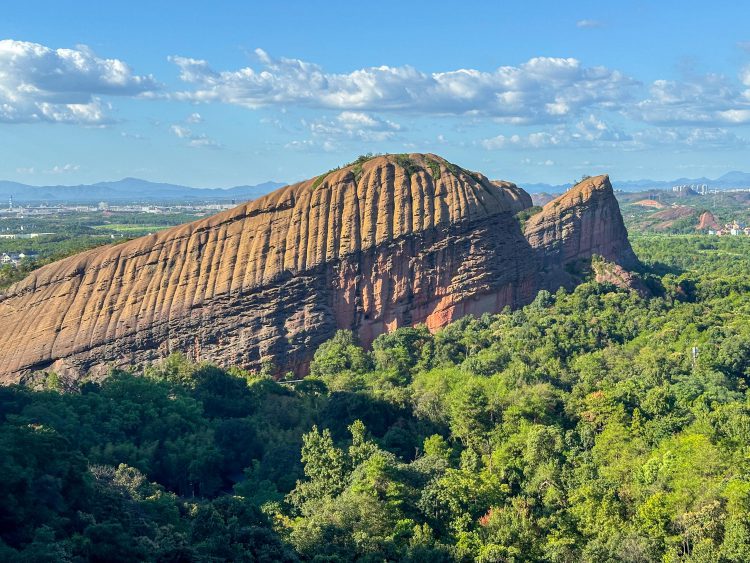
Guifeng Peak, named for its turtle-like head, is an example of danxia geomorphology. This majestic formation offers a fascinating glimpse into the diversity of the area’s flora and fauna. — Photos: K.M. Tan

Renowned for its cliffside residences, Wangxian Valley is a captivating fairyland in Jiangxi. This magical destination feels like a scene straight out of a wuxia world. — Photos: K.M. Tan
Jinggang Mountains in Jiangxi is where the Chinese revolution began. Provincial capital Nanchang was the birthplace of the Chinese Liberation Army, while Ruijin was the site of the provisional government of the Chinese Soviet Republic, and Ankang where the Chinese Workers’ Movement started. I must also mention the world-famous porcelain capital Jingdezhen, known for its superior craftsmanship and cultural connotation.
During his visit to Jingdezhen in October 2023, China’s President Xi Jinping said that porcelain is an important icon of Chinese civilisation. Given the many historical relics unearthed in Jingdezhen, the city boasts a booming porcelain auction market. This underscores the cultural importance of Jingdezhen porcelain not just in China but the world over.
The popular Song Blue And White Porcelain by Taiwanese singer-songwriter Jay Chou further exacerbates the people’s passion for porcelain art. In the tour coach on our way back, our guide You Xuaoxu, a Jiangxi native, said to us, “Jiangxi Province is the cradle of the Red Culture, and is home to majestic mountains and rivers, porcelain art and literary academy culture. It constitutes an important part in the evolution of Chinese culture.”
To me, the local culinary culture appeals to me more. As an inland province, Jiangxi is surrounded by six adjacent provinces, making it a hub of magnificent regional cuisines. The food here is utterly satisfying, as evidenced by our fulfilling weight gain towards the end of the trip!
I would definitely recommend this place to any of my travel buddies.

Published in The Star, 12 Oct 2024
全球超过80000家酒店,Apple101助您轻松订房,出行无忧,绝对优惠价。入住期间付款,多数客房可免费取消!


